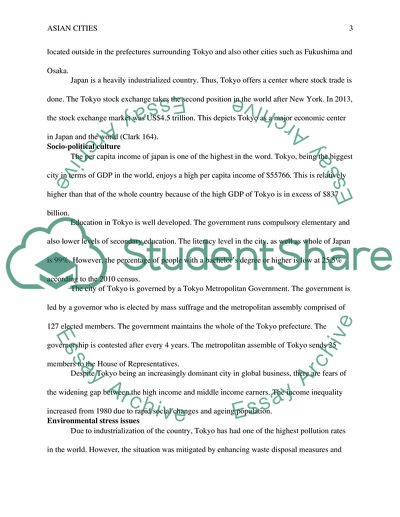Cite this document
(Demographic Statistics and Economic Structure of Tokyo and Seoul Case Study, n.d.)
Demographic Statistics and Economic Structure of Tokyo and Seoul Case Study. Retrieved from https://studentshare.org/geography/1642084-megacities-in-asia-city-report
Demographic Statistics and Economic Structure of Tokyo and Seoul Case Study. Retrieved from https://studentshare.org/geography/1642084-megacities-in-asia-city-report
(Demographic Statistics and Economic Structure of Tokyo and Seoul Case Study)
Demographic Statistics and Economic Structure of Tokyo and Seoul Case Study. https://studentshare.org/geography/1642084-megacities-in-asia-city-report.
Demographic Statistics and Economic Structure of Tokyo and Seoul Case Study. https://studentshare.org/geography/1642084-megacities-in-asia-city-report.
“Demographic Statistics and Economic Structure of Tokyo and Seoul Case Study”, n.d. https://studentshare.org/geography/1642084-megacities-in-asia-city-report.


